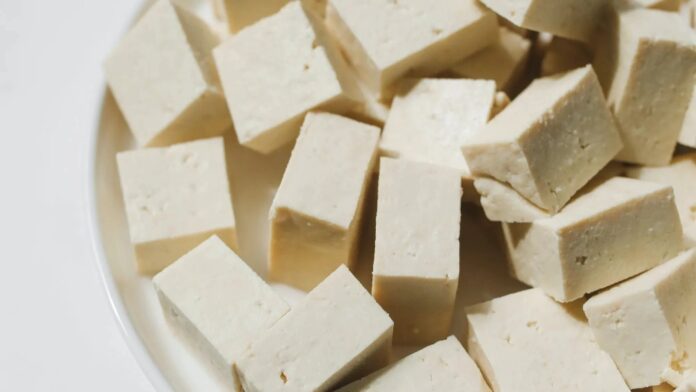Paneer, a staple in vegetarian diets, is revered for its high protein content and array of vitamins. But with the market increasingly infiltrated by synthetic alternatives, consumers face the challenge of distinguishing genuine paneer from adulterated versions.
Fortunately, there are straightforward home tests endorsed by the Food Safety and Standards Authority of India (FSSAI) that can help ensure the paneer you buy is of high quality.
Physical Manipulation Test
Start with a simple tactile test. Take a piece of paneer and mash it gently between your fingers. Authentic paneer, made from whole milk, will maintain its integrity under pressure. If it crumbles or falls apart easily, it’s likely made from skimmed milk or is of inferior quality.
Iodine Tincture Test
Another method involves the use of iodine tincture, a solution that can help identify the presence of non-dairy proteins. Boil a small piece of paneer in water, let it cool, then add a few drops of iodine tincture. Watch for a color change to blue, which indicates the presence of starch, a common adulterant in synthetic paneer.
Arhar Dal Powder Test
You can also use arhar dal (tur dal) powder for testing. After boiling the paneer in water and allowing it to cool, add some tur dal powder and wait for about ten minutes. A shift in color to light red suggests the presence of contaminants like detergent or urea, indicating that the paneer is fake.
Taste Test
Finally, conduct a taste test. Before purchasing, especially from open counters, taste a small piece of paneer. If the texture is unusually chewy or the flavor excessively sour, it could be artificial or contaminated with harmful additives.
These simple and effective tests can be performed at home, empowering consumers to make informed decisions about the paneer they consume, ensuring both safety and satisfaction. Remember, quality paneer should have a fresh, clean taste and a firm yet slightly crumbly texture.


